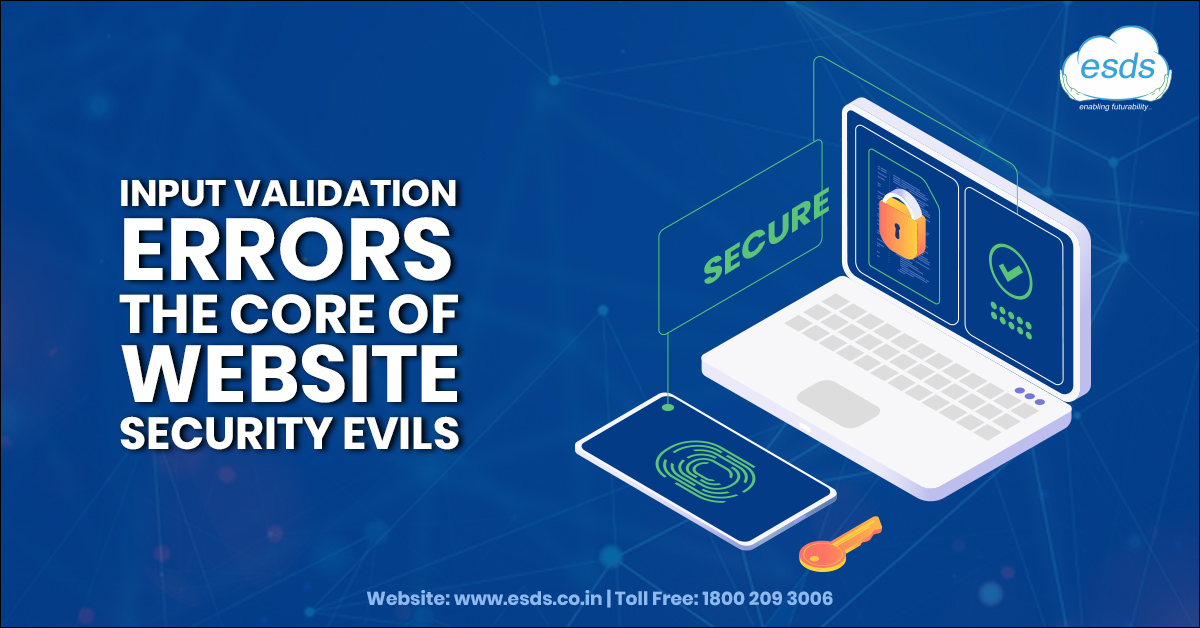
Let’s see why input validation is crucial for website security
What Is Input Validation?
Websites processing input data from users or a wide range of systems should ensure that it is valid. Validation is carried on a variety of levels ranging from simply verifying the input types and lengths i.e. syntactic validation to ensuring the inserted values are valid in the application context i.e. semantic validation.
For websites, input validation is nothing but verifying the values inserted in the input field ensuring date, email address and other details inserted in the field are valid. This is the initial step for client-side validation performed directly in the browser and submitted values are verified on the server-side.
Input Validation is a commonly used method to check potentially dangerous inputs ensuring they are safe to be processed within the code.
Consequences of Improper Input Validation
Input validation reduces the attack surface minimizing the impact that tends to succeed. Improper input validation leads to incorrect results on the website or even crash. Insufficient input validation degrades the user experience on the website. If the registration form fails to detect the incorrect details entered on the form, the user won’t be able to confirm the account.
Also, there might be a circumstance where the invalid data clears the validation process on the browser side and is trapped during server validation. This process might take a longer duration to drive a response to the user.
How can we ensure Proper Input Validation?
Earlier, input fields were validated using the JavaScript either manually or with the help of a dedicated library. It’s better to look for the existing validation features rather than implementing validation since it is a tedious process. Languages and frameworks are consisting of built-in validators ensuring reliable and easier input validation.
- Blacklist and Whitelist Based Validation
Typically input validation for website security is carried out by blocking elements that can be used for an injection attack. Apostrophes and semicolons can be disabled to prevent SQL injection, parenthesis can be banned to stop a malicious user from inserting a JavaScript function. This is nothing but blacklisting elements and it is not advisable to use the technique. Blacklist-based validation is not feasible to implement since the developer can’t predict all the attack vectors which might help the hacker to bypass the validation.
Whitelist based validation can be used for well-defined input variables like numbers, dates, postcodes, etc. Whitelist based validation will help you to state the permitted values and reject the other input values. HTML5 format delivers a predefined whitelisting logic with built-in data type definitions where the inputs fields have predefined validations.

No comments:
Post a Comment